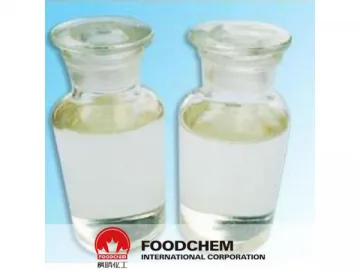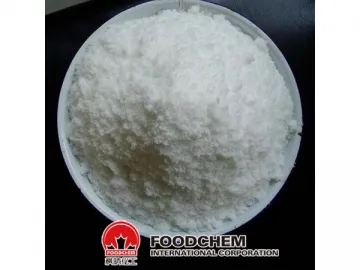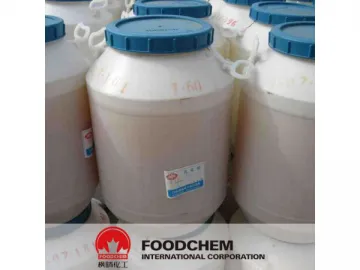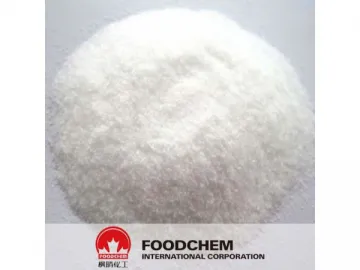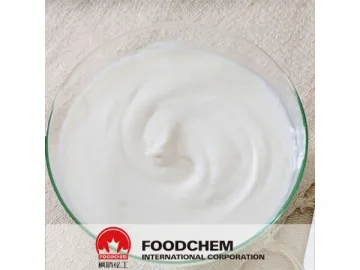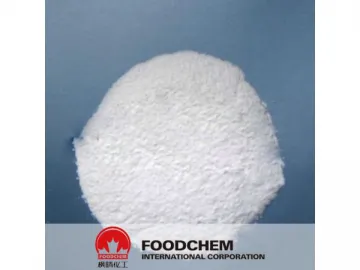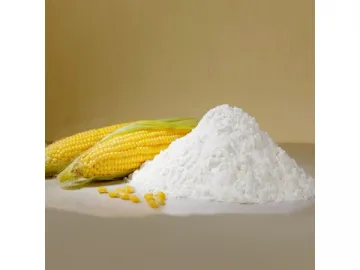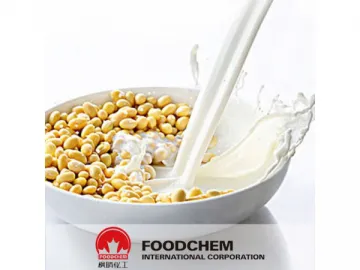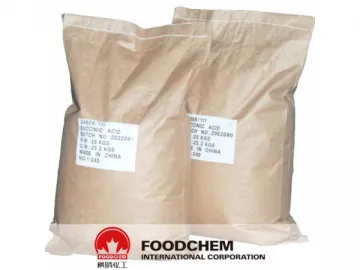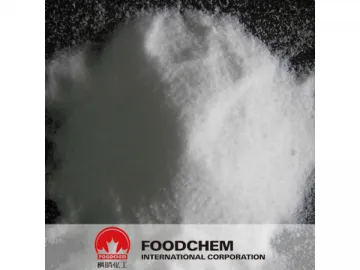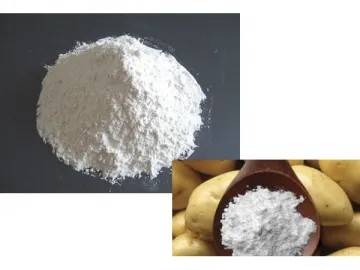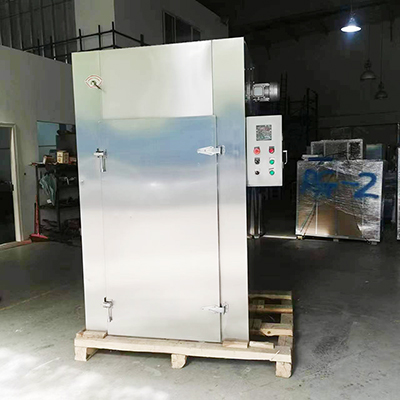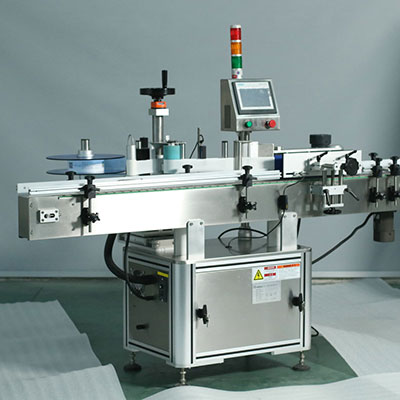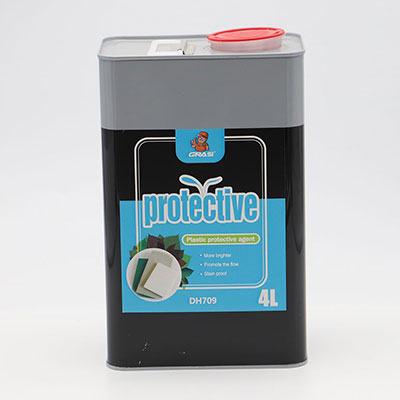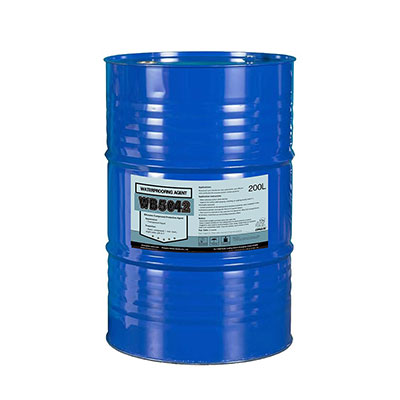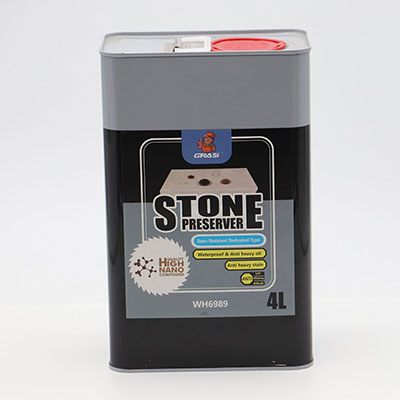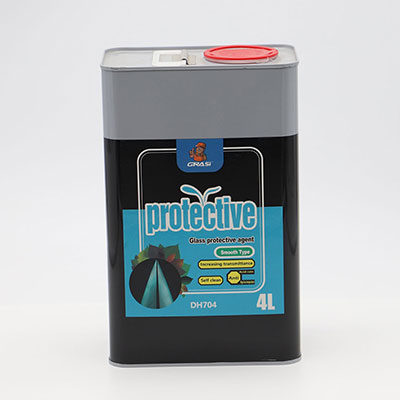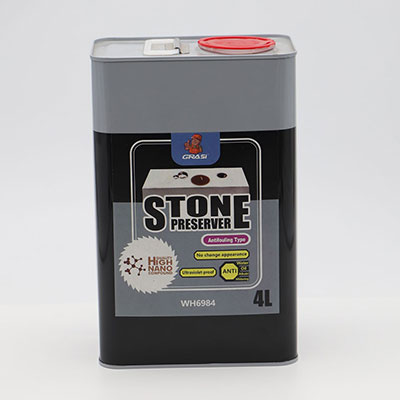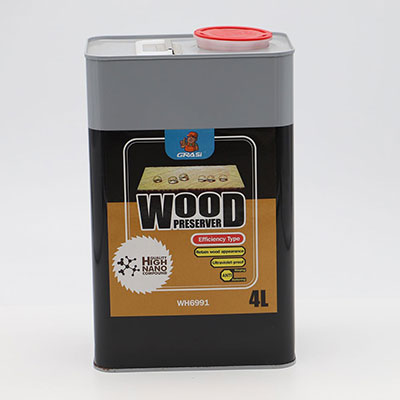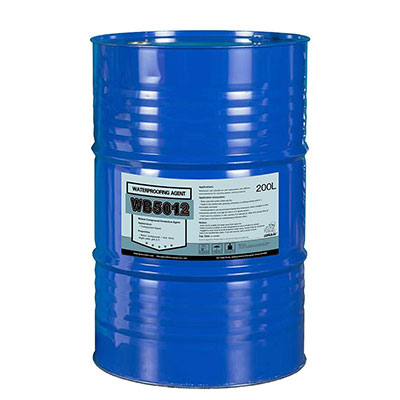Transglutaminase
Conclusion: The product conforms to GB25594-2010 standards
Packaging: 10 KGS/CTN
Storage: Store in a cool and dry place and keep away from strong light and heat
Shelf life: 2 years
| Items | Standards |
| TG Acticity | 500-510 IU/G |
| Loss On Dry | ≤10% (105 ℃ 2h) |
| As | ≤3 Ppm |
| Pb | ≤5ppm |
| Total Plate Counts | ≤50000 Cfu/G |
| Yeast And Mold | ≤50 Cfu/G |
| E.Coliform | Negatice/25g |
Transglutaminase is an enzyme that catalyzes the formation of an isopeptide bond between a free amine group (e.g., protein- or peptide-bound lysine) and the acyl group at the end of the side chain of protein- or peptide-bound glutamine. The reaction also produces a molecule of ammonia. Such an enzyme is classified as EC 2.3.2.13. Bonds formed by transglutaminase exhibit high resistance to proteolytic degradation (proteolysis).
In commercial food processing, transglutaminase is used to bond Proteins together. Examples of foods made using transglutaminase include imitation crabmeat, and fish balls. It is produced by Streptoverticillium mobaraense fermentation in commercial quantities or extracted from animal blood, and is used in a variety of processes, including the production of processed meat and fish products. Transglutaminase can be used as a binding agent to improve the texture of protein-rich foods such as surimi or ham.
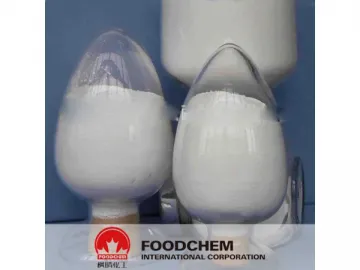
Links:https://globefindpro.com/products/54136.html
